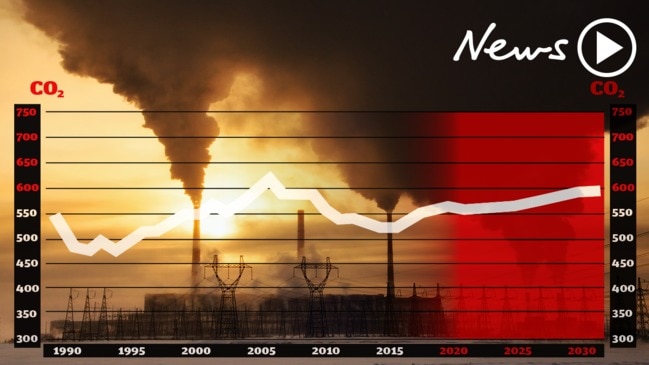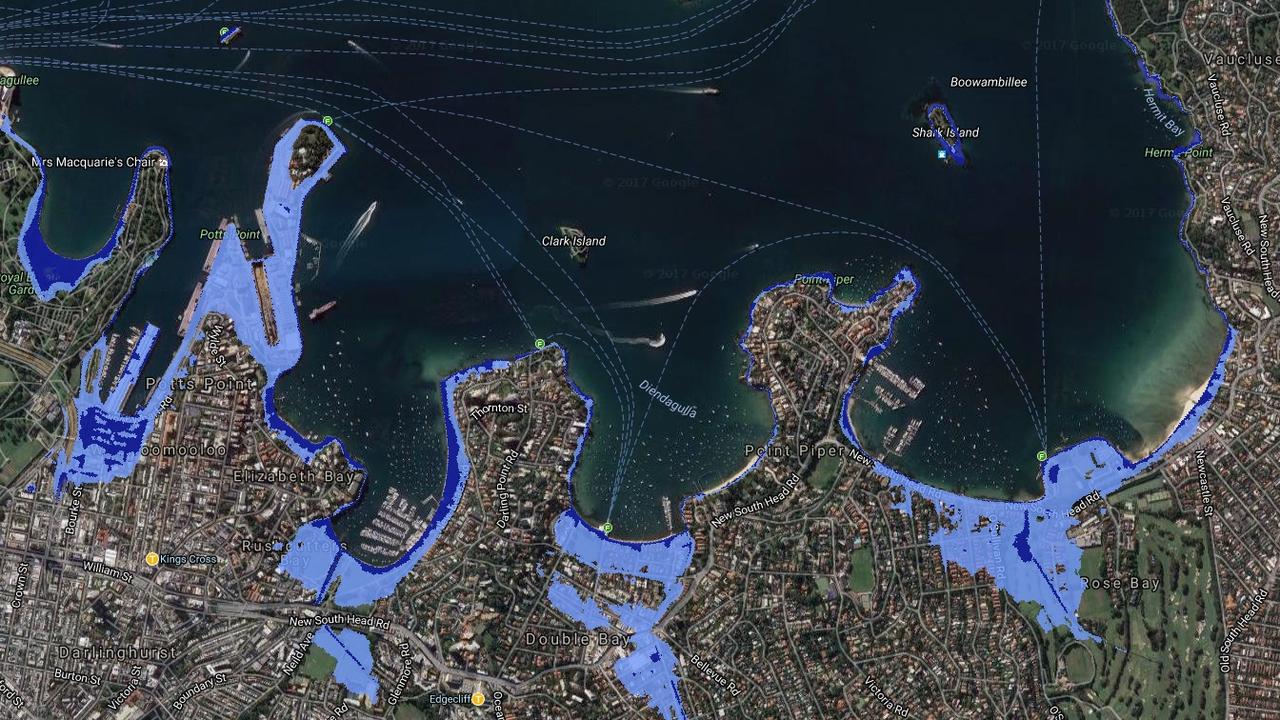Thwaites Glacier set to reach ‘tipping point’ that could lead to irreversible melting
A huge Antarctic glacier is reaching a “tipping point” which could see it succumb to uncontrollable melting, dangerously raising sea levels.

A rogue glacier dubbed “the world’s most dangerous” risks melting away completely — sparking a catastrophic global sea level rise.
Antarctica’s Thwaites Glacier is now approaching a “tipping point” that would spark an unstoppable flow of ice into the ocean, reports The Sun.
At 300,000sq km it’s the size of Victoria and Tasmania combined.
The situation is so bad that it could happen even under present-day ice-melting rates.
And once the “instability” begins, nothing could prevent the ice from melting completely — potentially drowning some low-lying areas of coastline.
That’s according to a NASA-backed study that simulated future ice flow for the Thwaites Glacier, published in the PNAS journal.
It found that we’re on track to trigger an irreversible instability in the glacier’s ice flows.
And even if global warming was to later stop, the instability would still push ice out to sea at an “enormously accelerated rate” over the coming centuries.

“If you trigger this instability, you don’t need to continue to force the ice sheet by cranking up temperatures,” said Alex Robel, an assistant professor at Georgia Tech, who led the study.
“It will keep going by itself, and that’s the worry.”
But he added: “Climate variations will still be important after that tipping point because they will determine how fast the ice will move.”
Arctic sea ice floats in water, so even when it melts we don’t see a change in sea level.
But Antarctica carries huge amounts of ice on land — often in the form of glaciers — which can introduce freshwater into the sea.
The Antarctic ice sheet has around eight times as much ice as there is in the Greenland ice sheet. And it holds 50 times more ice than all of the mountain glaciers in the world.
If the Thwaites Glacier was to become truly unstable, it would be devastating.
“After reaching the tipping point, Thwaites Glacier could lose all of its ice in a period of 150 years,” warned NASA JPL scientist Helene Seroussi.
“That would make for a sea level rise of about half a metre.”

Current sea level rise is about 20cm above pre-global warming levels, and has been blamed for increased coastal flooding.
And scientists say annual sea level rise has roughly doubled since 1990 — and could worsen if the Thwaites Glacier were to melt.
The line between where the ice sheet rests on the sea floor and where it extends over water is called the “grounding line”.
“Once ice is past the grounding line and just over water, it’s contributing to sea level because buoyancy is holding it up more than it was,” said Mr Robel.
“Ice flows out into the floating ice shelf and melts or breaks off as icebergs.
Mr Seroussi added: “The process becomes self-perpetuating.”
Earlier this year, NASA added fuel to the fire by discovering a huge void lurking beneath Thwaites Glacier.
Its top boffins warned that the growing hole is already as tall as London’s Shard skyscraper, and covers an area the size of 10,000 football pitches.

As it grows, Thwaites will disintegrate faster and faster, potentially triggering a global catastrophe.
“(The size of) a cavity under a glacier plays an important role in melting,” said NASA scientist Dr Pietro Milillo.
“As more heat and water get under the glacier, it melts faster.”
The gigantic Thwaites glacier covers 293,000sq kms — about half the area of the United Kingdom.
If it melts, global sea levels will rise by over half a metre, causing coastal flooding that will turf hundreds of thousands of people across the globe from their homes.
But it’s Thwaites’ protective effect on neighbouring glaciers that NASA is most worried about.
They say the ice chunk acts as a “backstop” that prevents others around it from melting.
Without it, surrounding glaciers could all disintegrate, raising sea levels by 2.5 metres if all ice were lost.
This would put large swathes of coastal cities underwater, turning streets into canals and completely submerging some towns and cities.
This article originally appeared in The Sun and was reproduced with permission



